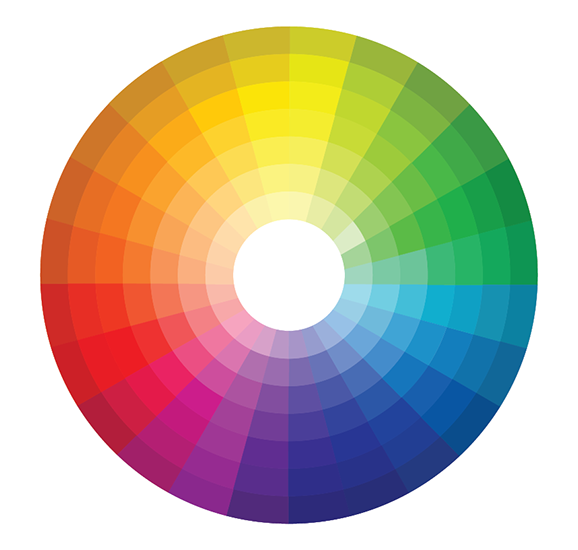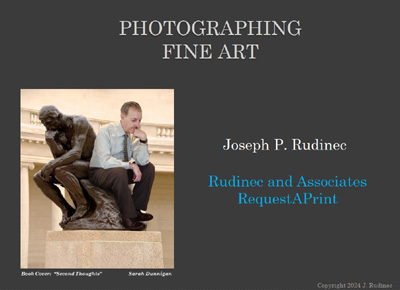There is no single solution to photographing fine art paintings and artifacts. A mechanic’s view is needed. Knowing what you need to accomplish and what tools you have to work with. Sometimes you can get by with the basics, other times you need specialized equipment.
Category: How To
High Resolution

Resolution is defined as pixels per inch (ppi) or more commonly, dots per inch (dpi). You can state the resolution in one of two ways, the dots per inch and the number of inches (300 dpi at 10 in.) or the actual pixel dimensions (3000 pixels by 2400 pixels – the size of a 10 x 8 print at 300 dpi). As a rule of thumb, images when sized to their printed or displayed dimensions would be at 72 dpi for use on the web, 150 dpi for ink jet printers, and 300 dpi for commercial printing. Supplying images at a resolution slightly higher than what is required is a good thing, and images at a lower resolution will need to be “bumped up” degrading the quality, Photography should be done at the highest camera resolution and the original file saved and backed up. Never modify the original file. Make a copy to edit and size.
Image Credit: http://www.tatge.biz/working-with-images-hi-res-vs-lo-res/
How’s that Color?


